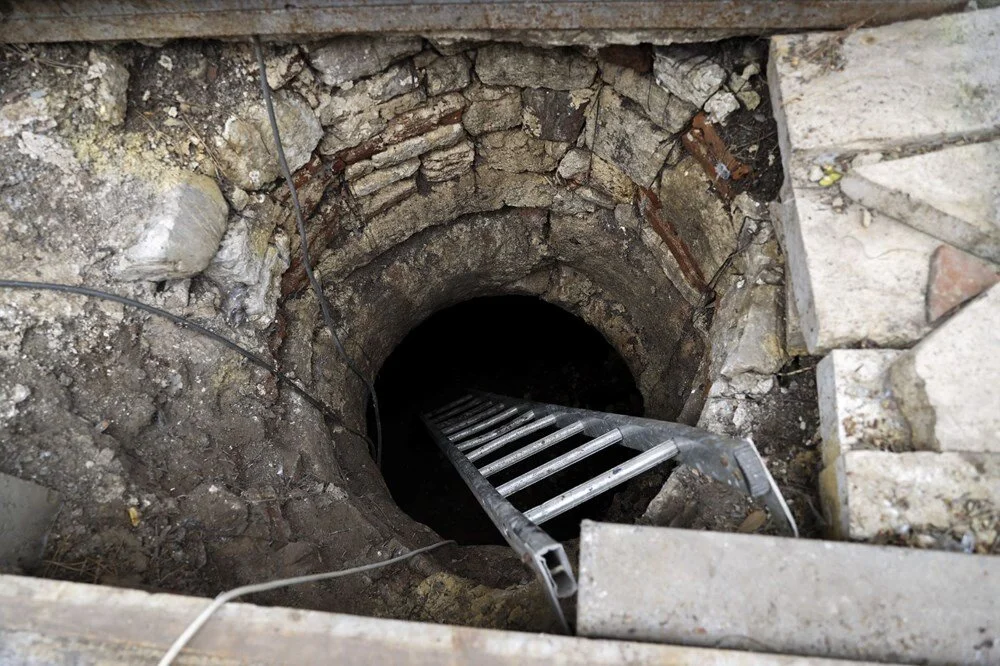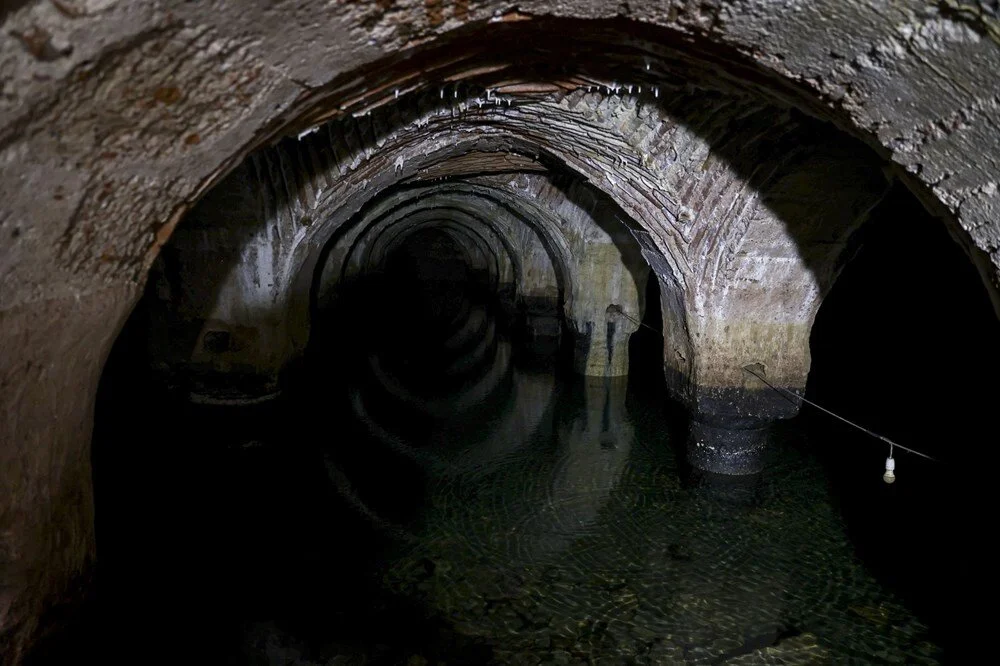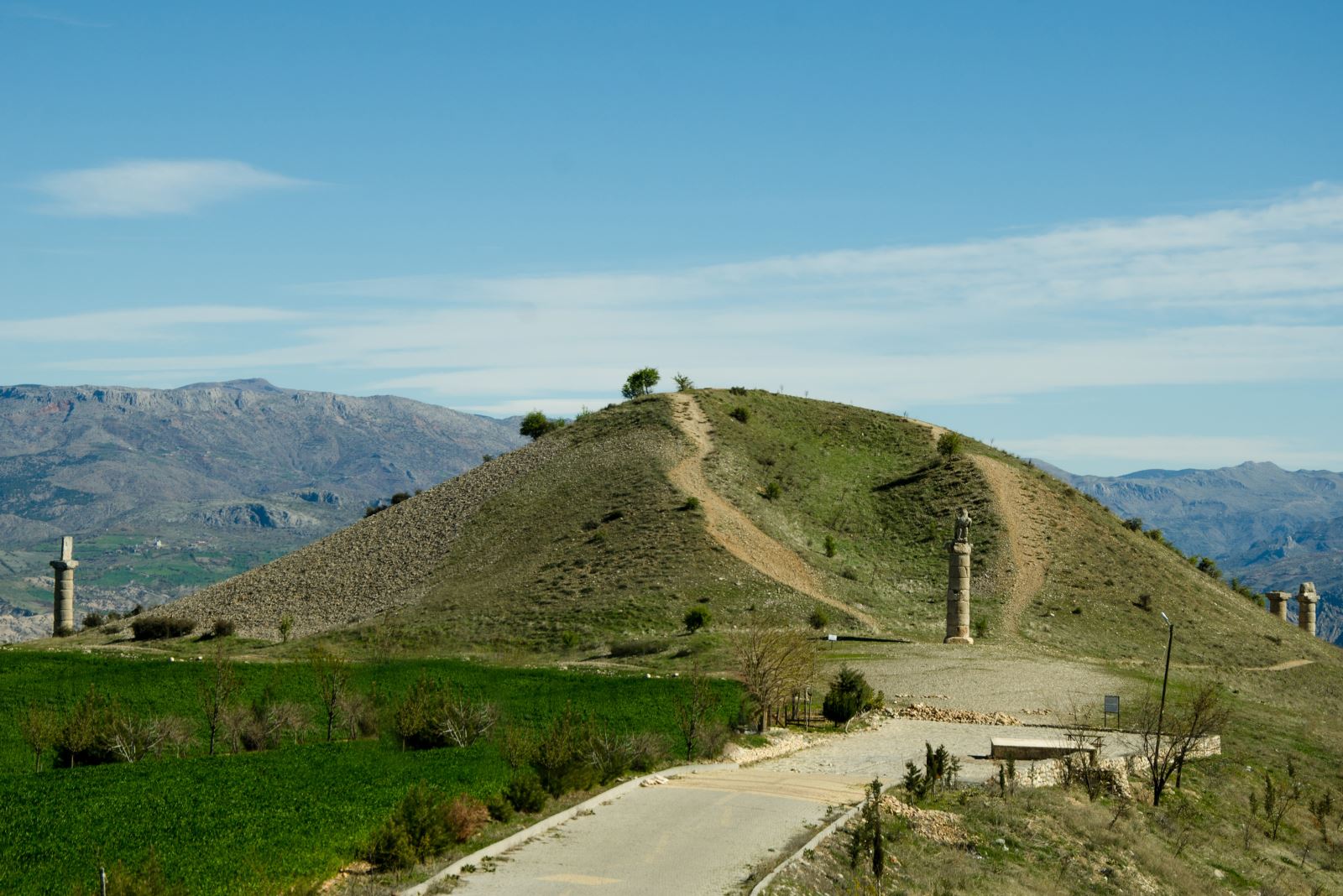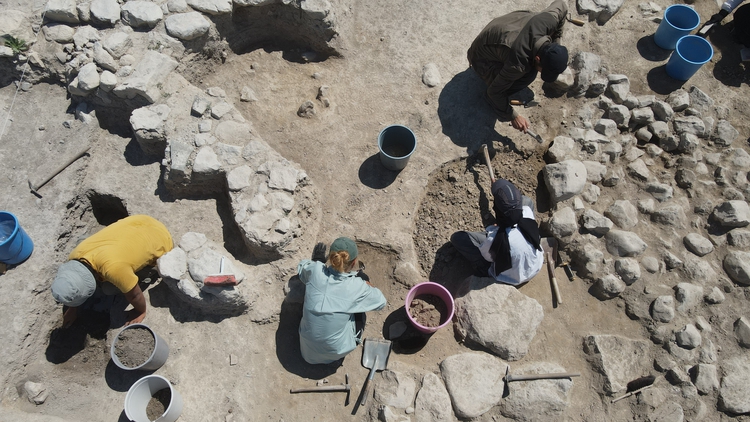One of the many cisterns, similar to the Basilica Cistern, that fulfilled Istanbul’s water needs during the Byzantine period, the Karadeniz Medrese Cistern, will be brought to light.
Located under the Fatih Mosque, the Black Sea Madrasa Cistern with 43 columns is 51 meters long. The cistern is located on the historical peninsula known as “old Istanbul”, stretching from Edirnekapı to Sarayburnu.
Feyyaz Fidan, the Head of the Artifacts and Construction Division at the Directorate of Foundations Istanbul 1st Regional Office, stated, “The Karadeniz Medrese Cistern is located precisely beneath the courtyard of the Fatih Mosque. The mosque is situated on one of Istanbul’s seven hills. Prior to the conquest of Istanbul, the location was home to the Church of the Apostles. During the Roman and Byzantine eras, cisterns like this were constructed at various points around the city to store water.”
Fidan conveyed that the cistern measures 51 meters in length, 35 meters in width, and is supported by 43 columns.

Fidan explained that the Karadeniz Medrese Cistern extends from the Çifte Baş Kurşunlu and Çifte Ayak Kurşunlu madrasas towards the northwest of the courtyard of the Fatih Mosque. He stated, “We come across a document dated 1851 mentioning this cistern. However, we observe that in the 19th-century endowment aqueducts and Pervititch maps, it wasn’t distinctly delineated. This suggests that it wasn’t in use during that period.”
Fidan mentioned that there were observations about the cistern made by architect and restorer Ali Saim Ülgen and writer Halim Baki Kunter in 1939. According to their findings, the cistern contained rubble and tree roots, and it was described as being in a stagnant and odorous state.

Fidan remarked that in the present day, the cistern is covered with water up to the level of the column bases. He continued:
“We can see that the wooden supports are no longer present. We also know from historical documents that its depth is four meters. By examining both the construction technique and the joints, we can understand that it’s an original Byzantine cistern. The clarity and the smell of chlorine in the accumulated water here lead us to believe that it’s potable water from the city supply.”
Feyyaz Fidan recalled that the Ministry of Culture and Tourism, Directorate General of Foundations, has been conducting restoration projects in various locations across Istanbul and Turkey. He also mentioned that the restoration of the Karadeniz Medrese located above the cistern is still ongoing.
Cover Photo AA




